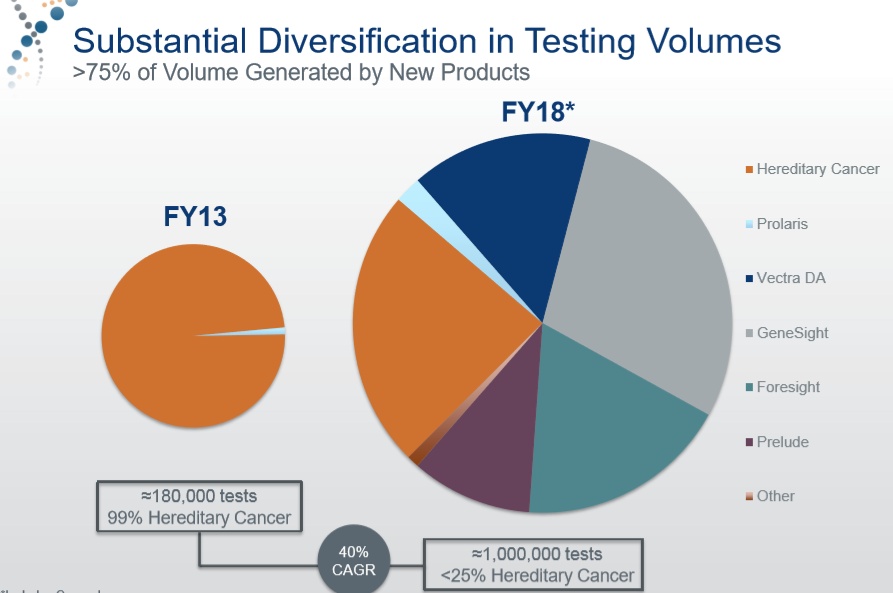

or improvement thereof.” Second, it must be “new” or “novel.” And, third, it must be “useful.” While no express clause excludes inventions that contravene morality from patent-eligibility, courts historically imposed a “socially beneficial” standard under the third prong of utility in effect, this standard served as a morality condition rendering inventions with a use deemed “injurious to the well-being, good policy, or good morals of society” ineligible for patent protection. First, it must be of patentable subject matter - “process, machine, manufacture, or composition of matter. Patentability of inventions is governed by 35 U.S.C. Moreover, in Myriad Genetics, the Supreme Court found that an identical provision was inapplicable in a discussion on real and synthetic human genes, noting that the “Act does not even mention genes, much less isolated DNA.” While one can consequently interpret Myriad in a way that limits the scope of the Act, it leaves open the question of the patentability of modified human gametes and embryos and the altered or synthetic gene sequencing which could potentially be encompassed within those gametes and embryos. Recognizing this trend, Congress passed section 33 of the America Invents Act (“AIA”) in 2011, resulting in, among other things, a prohibition on patents for inventions “directed to or encompassing a human organisms.” Unfortunately, the AIA never expressly defines any of the terms in this provision, so it is not entirely clear what specific subject matter would fall under the prohibition. For example, pre-implantation genetic diagnosis (“PGD”) has grown to be a common service at fertility clinics, allowing couples undergoing in vitro fertilization to test multiple embryos for genetic disorders before deciding which one to implant. Most of the current technologies that closely resemble actual genetic selection focus on testing the embryo or fetus to screen for several undesirable physiological genetic characteristics. It is true that the company was not attempting to patent actual sperm or egg cells, but merely facilitate a “preview” of unborn children. With the technology, parents can choose from a variety of traits which go beyond medical conditions, enabling them to specify certain physical and psychological characteristics.

These technologies allow prospective parents to select a gamete donor who would increase the likelihood that a child would be born with or without certain hereditary characteristics. In September 2013, the United States Patent and Trademark Office awarded a patent to 23andMe for its gamete donor selection techniques, including genetic and computer technologies. The country has already seen movement in this area.

If biotech scientists have the ability to manipulate the genes of an embryo or gamete cell for non-therapeutic purposes, it could be argued that these genetically modified cells are in fact patentable “inventions,” given that the material was not, in that particular sequence, naturally occurring.
#PATHOLOGY VS MYRIAD GENETICS CODE#
However, the Court specifically concluded its opinion by noting that the “scientific alteration of the genetic code presents a different inquiry, and we express no opinion about the application of to such endeavors.” The Court held that, while isolated, naturally occurring DNA was outside the realm of patent, complimentary DNA (“cDNA”), or a synthesized DNA copy, was patent-eligible. Every gene in the human body is encoded as deoxyribonucleic acid (“DNA”), and Myriad Genetics confronted the issue of whether a naturally occurring segment of DNA was eligible for patent. could be interpreted as paving the way for patenting genetically altered genome or gamete cells. The Supreme Court’s decision in Association for Molecular Pathology v. These developments have the potential to make “designer” babies a very stark reality. Advances in the biotechnology industry have increased scientists’ understanding of the human genome and enhanced their ability to genetically modify eggs, sperm, and human embryos. With a heightened societal focus on perfection, it is not absurd to think parents would want to create the ideal child, nor to think it would be impossible. Would you like blue eyes with that? In the near future, prospective parents might be able to select their children’s genetic features from a drop-down menu.


 0 kommentar(er)
0 kommentar(er)
